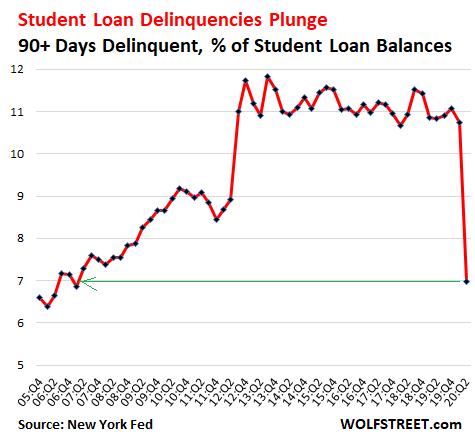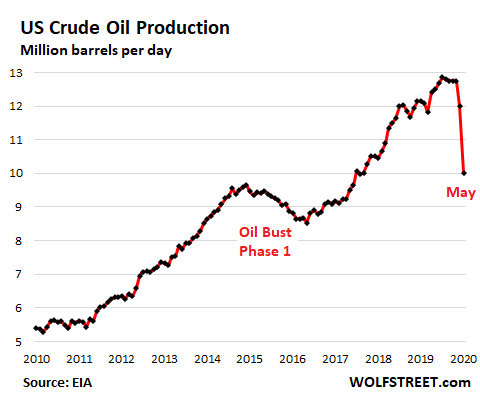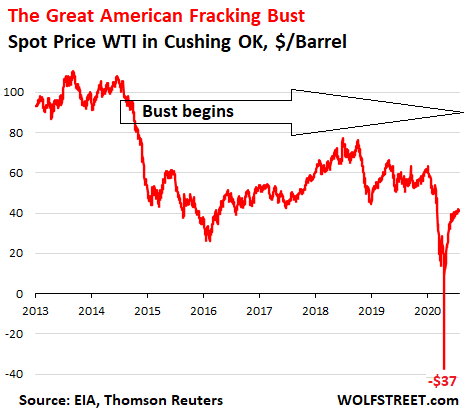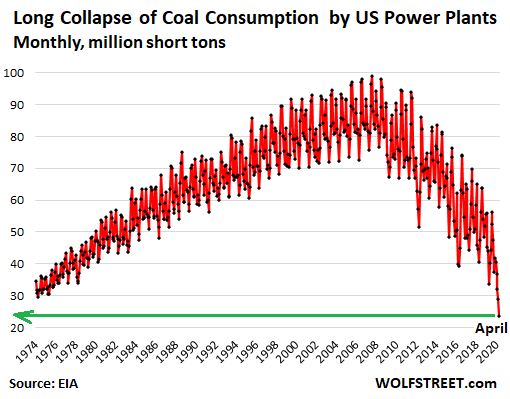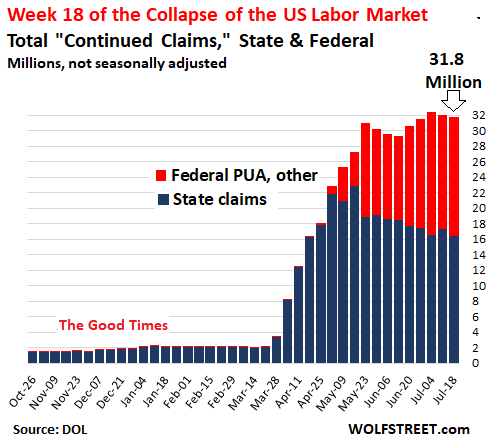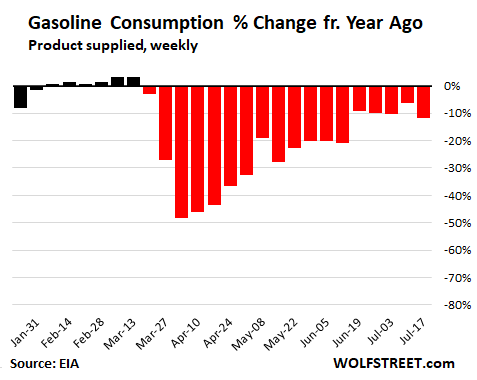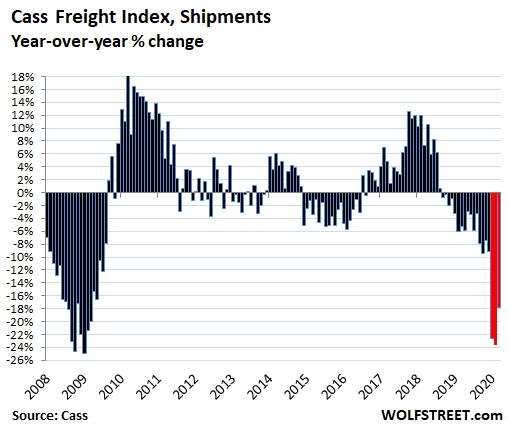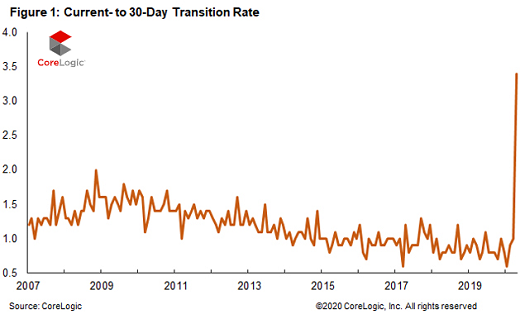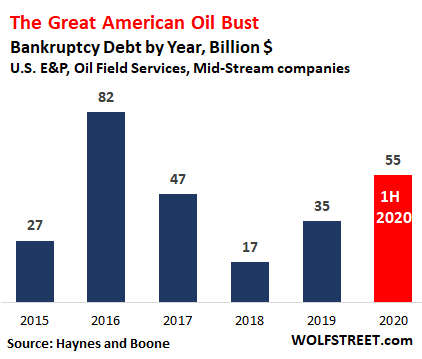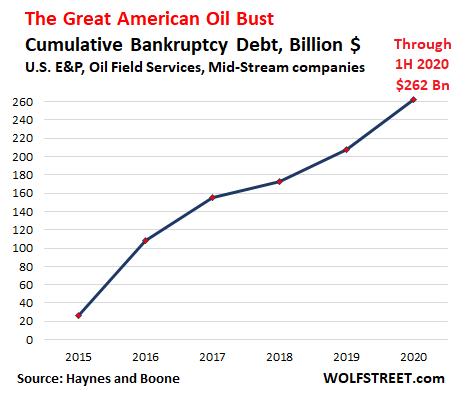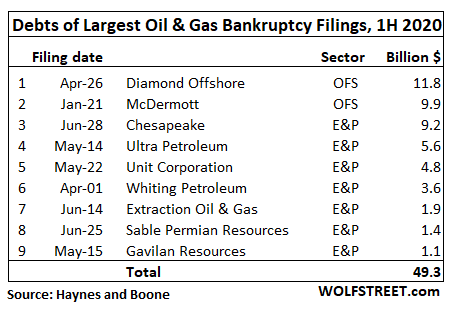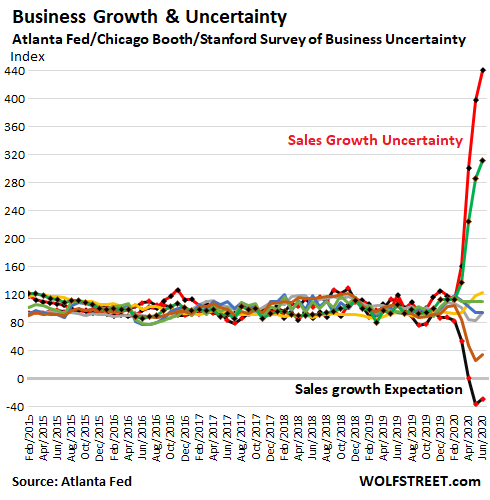“We’re not even thinking about thinking about” slowing the decline of the dollar’s purchasing power — and thereby labor’s purchasing power.
A supply shock and a demand shock came together during the Pandemic, and it produced chaos in the pricing environment. There was a sudden collapse in demand in some segments of the economy – restaurants, gasoline, jet fuel, for example – and a surge in demand in other segments, such as eating at home, and anything to do with ecommerce, including transportation services focused on it.
These shifts came together with supply-chain interruptions and supply chains that were unprepared for the big shifts, leading to shortages in some parts of the economy – the supply shock. There were empty shelves in stores, while product was piling up with no buyers in other parts of the economy.
The sectors surrounding gasoline, jet fuel, and diesel fuel – oil and gas drilling, equipment manufacturers, transportation services, refineries, etc. – were thrown into turmoil as demand vanished, leading to a total collapse in energy prices. In April, in a bizarre moment in the history of the oil business, the price of the US benchmark crude WTI collapsed to negative -$37 a barrel.
Since then, the price of crude oil has risen sharply (now at positive +$41 a barrel), as demand for gasoline has returned to near-normal while demand for jet fuel remains in collapse-mode, as people are driving to go on vacations, instead of flying, and as business travel is essentially shut down.
As a result, for a few months, all of the inflation data was going haywire, with some prices plunging and others spiking. This is now being worked out of the system.
…click on the above link to read the rest of the article…


